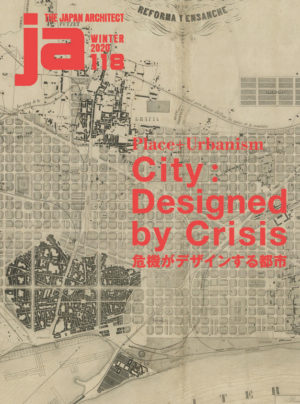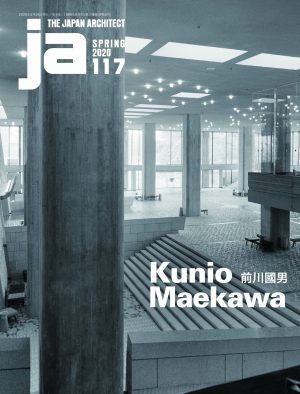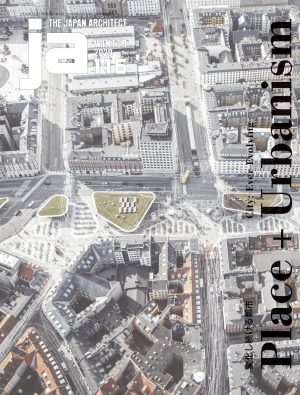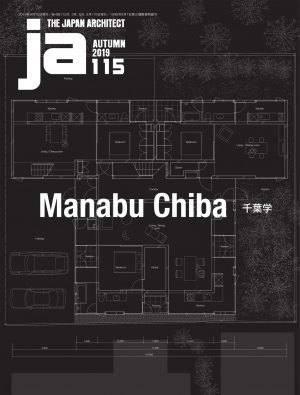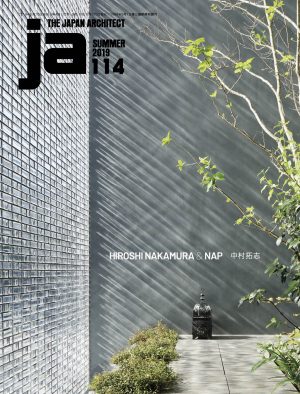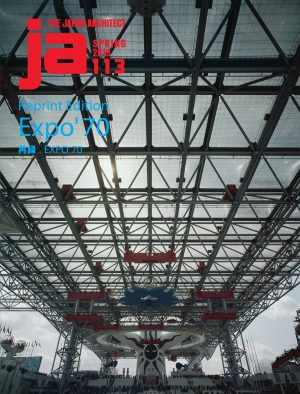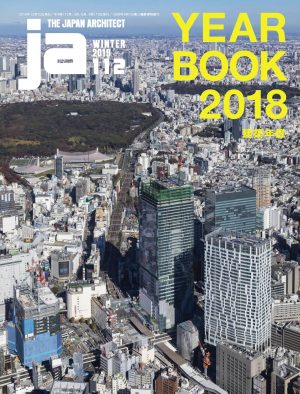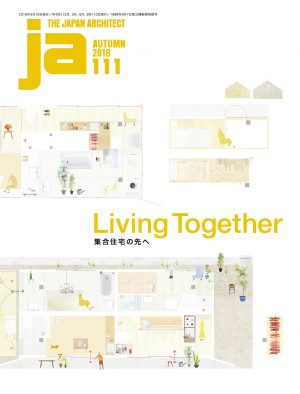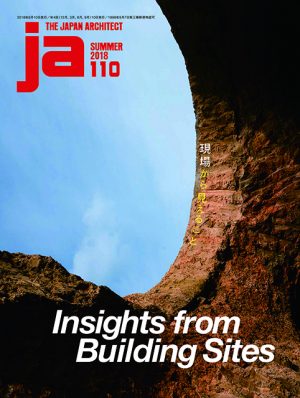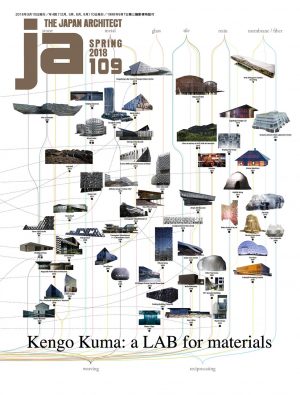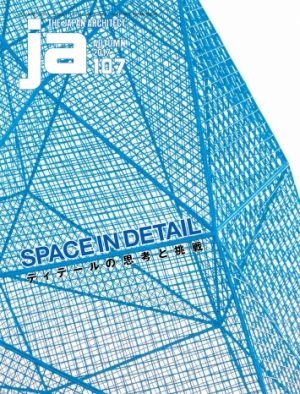JA 63, Autumn 2006
Content
Tell what Urban Design of Japan should be as the population ages and fewer babies are born? Newly ambitious urban perspective proposed by Hidotoshi Ohno Laboratory, University of Tokyo to use a peculiarly Japanese transportation infrastructure. This issue can be used as database when thinking about urban with full of information.
three-way conversation
Fumihiko Maki x Terunobu Fujimori x Hidetoshi Ohno
Acknowledgments
Introduction
TOKYO 2050 Urban Design Strategies for Shrinking Tokyo
Four Strategies for TOKYO 2050
GREEN FINGER
GREEN PARTITION
GREEN WEB
URBAN WRINKLE
SHINJUKUGYOEN
KOISHIKAWA
NIHONBASHI
ASAKUSA
SHIBUYAGAWA
SHINAGAWA
SHINJUKU METRO PROMENADE
NAKAMEGURO
ICHIGAYA
KEISEITATEISHI
SAMARKAND
KANAZAWA
WUJIAOCHANG
GIFU
SURVIVAL SHELTER
Conversation:
Designing the City with Lines
MAKI Fumihiko, FUJIMORI Terunobu and OHNO Hidetoshi
Seven Landscapes of Expanding Tokyo
Continuously expanding city
City without suburbs
Railroads are Tokyos biggest asset
Ubiquitous commerce
Nuclear crossing of neighboring communities
Inokashira Line and Chuo Line
Railroad stations that are becoming isolated
Both cars and bicycles
Spaces for people
Places loved by Tokyoites
Virtual sphere of influence of stations
Unavoidable disaster
Urban visions: Chronological table

